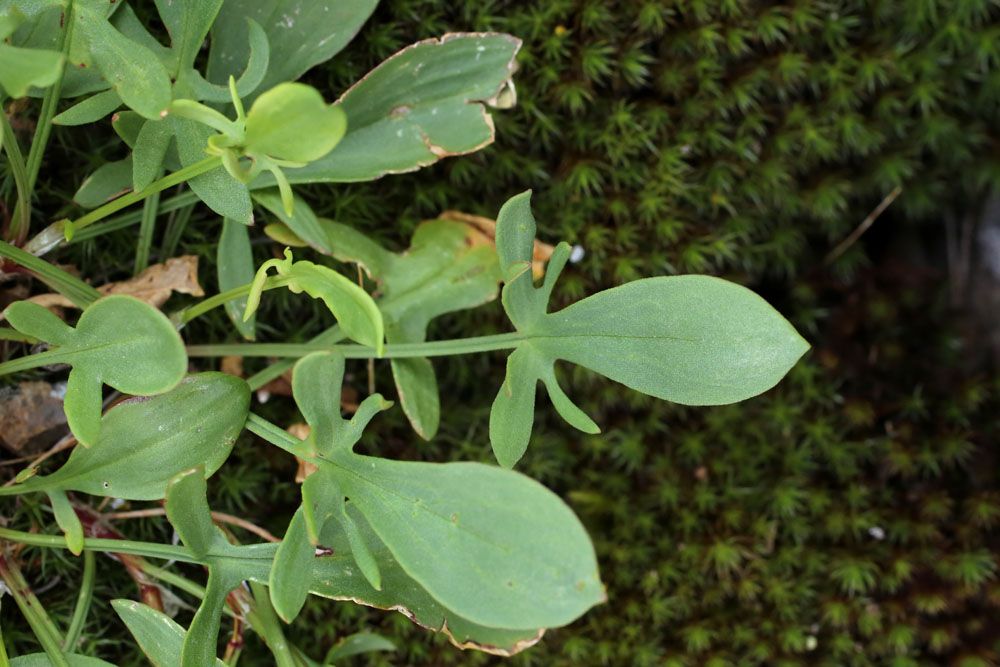
Sheep Sorrel
Sheep Sorrel in Turfgrasses: Prevention and Control
Sheep’s Sorrel may be a huge annoyance and is far more abundant in lawns than Common Sorrel, despite what the name says. It features a rosette of arrow-shaped leaves with distinct lobes that turn up at the base. They are formed by slender, wiry, crawling stalks. This plant has the ability to cover a huge area of turf. The blooms, which bloom between May and August, are rather modest. They begin green and eventually turn scarlet as the season progresses. They create ‘flower spikes’ on stalks. However, if you mow the lawn on a regular basis, you will not notice the blossoms.
Each sheep’s sorrel plant is made up of a rosette of arrow-shaped leaves connected underground by a creeping root system. Each rosette produces a reddish upright flower stalk in the spring. The seed-head resembles a tiny version of a broad-leaved dock seed-head, which is not unexpected given the two species’ close relationship. Because of the creeping root structure that causes sheep’s sorrel plants to develop in patches, these patches typically seem scarlet from a distance in spring owing to these seed-heads, which are normally only around 20 cm tall.
Identification
Sheep Sorrel is a rhizomatous broadleaf plant with mostly basal leaves and a few stem leaves that grow alternately. It has thick, smooth leaves that are dull green in hue. Just above the point of leaf attachment, a papery or membranous sheath wraps the stem. Sheep Sorrel has a yellow taproot and several thin rhizomes. Sheep Sorrel blooms from May to September and has four-sided, thin, vertically blooming stems that are maroon to scarlet in color.
Each flower has six sepals but no petals. Sheep Sorrel is a dioecious weed species that produce only male or female plants. Male plant blossoms feature six stamens and range in hue from green to reddish-brown. Female broadleaf plants have blooms that range in color from crimson to yellowish-brown.
Control and Prevention
Translocated herbicides, like other perennial weeds, are the most effective technique to eradicate sheep’s sorrel. Because of its size, it is more vulnerable to intense competition from pastures and grass than many other weeds, particularly if lime is employed to protect the soil from becoming too acidic. However, under acidic, dry circumstances, sheep’s sorrel may grow more vigorously than most pasture plants, and this is when it takes over.
Weeds should be removed by hand as soon as you see them. Sorrel spreads by underground runners called Rhyzomes, so remove as many roots and runners as possible with a trowel or hand fork. Taking your time and deleting everything now will prevent it from returning. Use a selective weedkiller that kills weeds but not lawns if it returns after hand removal or if you want to try to kill it before removing it.
To treat a bigger infestation, use a liquid, selective broadleaf weed killer administered when the weeds are actively developing. The label, like with any herbicide, is the law, and it is critical to read and follow the instructions for usage on the label of any herbicide product that you use.
